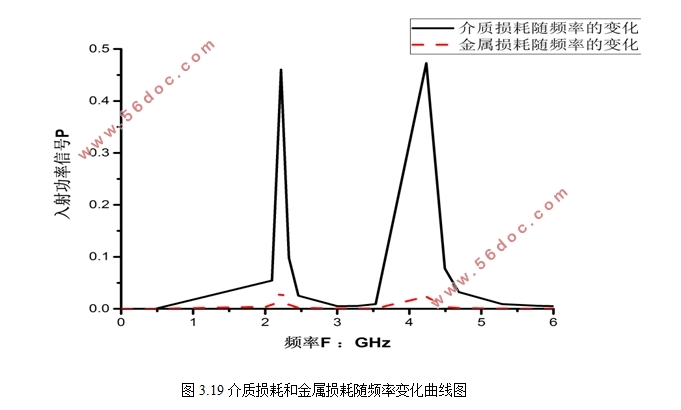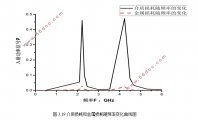微波双波段电可调吸波器的设计
来源:56doc.com 资料编号:5D26858 资料等级:★★★★★ %E8%B5%84%E6%96%99%E7%BC%96%E5%8F%B7%EF%BC%9A5D26858
资料以网页介绍的为准,下载后不会有水印.资料仅供学习参考之用. 密 保 惠 帮助
资料介绍
微波双波段电可调吸波器的设计(论文12000字)
摘要:超材料属于新型人工结构材料。它具有很多的奇异电磁特性,如负折射率,完美透镜等。由超材料制作的吸波器能完美吸收入射电磁波引起了研究人员的兴趣。迄今为止,普通吸波器吸收率很高,但谐振频带是单频带,接收频带范围小,它们在光谱检测和相位成像的应用受到限制。因此,我们设计了微波双波段电可调的吸波器。首先分别设计出低,高频单波段吸波器,然后通过谐振环的嵌套得到微波双波段吸波器。其次,在谐振环开环处串联电可调变容二极管,从而使吸波器的谐振频率可调,实现微波电可调的双波段吸波器的设计。CST仿真说明,由嵌套谐振环结构组成的吸波器能维持自己独立的谐振谐振频率和吸收特性,并且组合结构的谐振频率是独立结构谐振频率的线性组合。
关键字:超材料;吸波器;双波段;微波
The design of Microwave Dual-Band Adjustable Absorber
Abstract: Metamaterials is a new kind of man-made materials,which have many exotic electromagnetic characteristics such as negative index of refraction,perfect lens etc.Absorbers based on metamaterials realizing a perfect absorption of the incident electromagnetic wave, have widely attracted attention of researchers. To date,most of absorbers have high absorption.But they mostly work in single-band and the receiving band is narrow.Their applications are limited in spectrum detecting and phase imaging etc.So we design dual-band adjustable absorber in microwave.Firstly,the low and high frequency of single-band absorbers are designed respectively. Then dual-band absorber is consisted of nested single-band SRR in microwave. Secondly, We add varactor in split-wire so that the resonance frequency of absorber is adjustable in microwave.The results of simulation show that absorber consisted by nested SRR can maintain its independent resonant frequency and absorption.Besides,the resonance frequency of dual-band absorber is a linear combination of single-band absorbers.
Key words: metamaterial;absorber;dual-band;microwave

目 录
1 绪论 1
1.1 电磁超材料 1
1.2 电磁吸波器件 1
1.3 新型超材料吸波器 1
1.4 本文研究内容 3
2 微波单波段电可调超材料吸波器 4
2.1 引言 4
2.2 微波低频单波段超材料吸波器 4
2.2.1 结构设计 4
2.2.2 参数分析和优化 5
2.3 微波高频单波段超材料吸波器 11
2.3.1 结构设计与仿真 11
2.3.2 吸波器结构参数分析与优化 12
2.4 吸波器的吸波原理分析 16
2.5 本章小结 17
3 微波双波段电可调的超材料吸波器 18
3.1 引言 18
3.2 微波双波段超材料吸波器 18
3.2.1 结构设计 18
3.2.2 参数分析 20
3.3双波段电可调超材料吸波器 26
3.4 吸波原理和损耗分析 28
3.5本章小结 30
4 总结和展望 31
参考文献: 32
致谢 33
|



